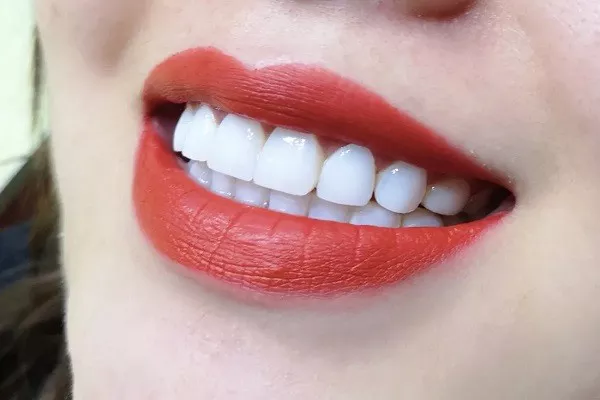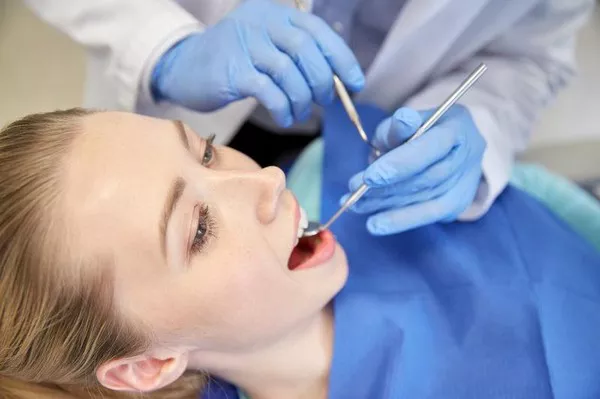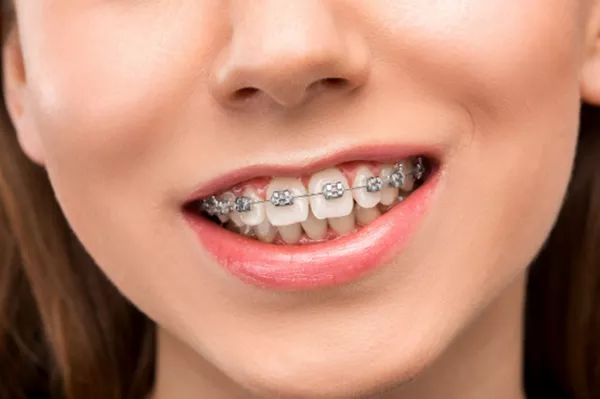Teeth whitening has become a popular trend for individuals seeking a brighter smile. While various whitening methods are available, the combination of whitening strips and LED light has gained attention. LED light devices, commonly marketed as accelerators, claim to enhance the effectiveness of whitening strips. In this article, we will explore the concept of using LED light with whitening strips, examining the potential benefits, drawbacks, and scientific evidence surrounding this approach.
I. Understanding LED Light and Whitening Strips
A. Whitening Strips:
- Composition and Application: Whitening strips are thin, flexible strips coated with a peroxide-based gel that is applied directly to the teeth.
- Mechanism of Action: The peroxide gel in the strips helps to break down stains and discoloration on the tooth enamel.
B. LED Light Accelerators:
- Function and Design: LED light devices are designed to emit a specific wavelength of light that activates the whitening agents in the gel, potentially enhancing the whitening process.
- Application Process: LED lights are typically used in conjunction with whitening strips, either by shining the light directly onto the strips or by using a separate LED device alongside the strips.
II. Claims and Potential Benefits of LED Light with Whitening Strips
A. Increased Whitening Efficiency:
- Accelerated Whitening: LED light is claimed to speed up the whitening process, resulting in faster and more noticeable results.
- Deeper Penetration: The light’s energy is believed to enhance the penetration of the whitening agents into the tooth enamel, targeting deeper stains.
- Intensified Whitening: LED light may intensify the whitening effects, leading to a more vibrant and radiant smile.
B. Convenience and Ease of Use:
- Enhanced User Experience: LED light devices are designed to be user-friendly and portable, allowing individuals to incorporate them into their daily routine easily.
- Time Efficiency: Combining LED light with whitening strips may reduce the overall treatment time required to achieve desired results.
- Compatibility with Whitening Strips: LED light devices are often marketed as compatible with most whitening strips available in the market, providing flexibility for users.
C. Psychological Impact:
- Increased Confidence: Achieving noticeable whitening results can boost self-esteem and confidence in social interactions.
- Motivation to Maintain Oral Hygiene: Positive outcomes from teeth whitening may inspire individuals to prioritize their oral health and hygiene.
III. Considerations and Limitations
A. Scientific Evidence and Lack of Consensus:
- Limited Studies: The scientific research specifically evaluating the efficacy of LED light with whitening strips is still limited, with mixed results.
- Heterogeneous Products: LED light devices and whitening strips vary in terms of quality, wavelength, and formulation, making it challenging to draw definitive conclusions.
- Individual Variations: The effectiveness of LED light with whitening strips may vary depending on factors such as tooth sensitivity, existing dental restorations, and individual response to treatment.
B. Safety and Potential Risks:
- Tooth Sensitivity: The use of LED light with whitening strips may increase the risk of temporary tooth sensitivity and gum irritation.
- Irradiation Concerns: Prolonged or improper use of LED light devices may have potential risks associated with excessive light exposure.
- Professional Guidance: Seeking advice from a dental professional is advisable to ensure safe and appropriate use of LED light with whitening strips.
C. Alternatives and Traditional Whitening Methods:
- Dentist-Supervised Treatments: Professional dental treatments such as in-office whitening or custom-made take-home trays may provide more controlled and monitored results.
- Natural Remedies: Certain natural methods, such as oil pulling or baking soda, are believed to help remove surface stains, although their efficacy is limited.
- Regular Oral Hygiene Practices: Maintaining a consistent oral hygiene routine, including brushing, flossing, and regular dental cleanings, is essential for preventing and minimizing teeth staining.
Conclusion
While the use of LED light with whitening strips may have potential benefits in enhancing teeth whitening, it is important to consider the limited scientific evidence and individual variations. Safety precautions, such as following manufacturer instructions and seeking professional guidance, should be prioritized. Individuals should weigh the convenience and potential benefits against the possible risks associated with LED light exposure and tooth sensitivity. Consulting with a dental professional can provide personalized guidance and alternative treatment options for achieving a brighter smile while maintaining oral health.
Related Topics:






























